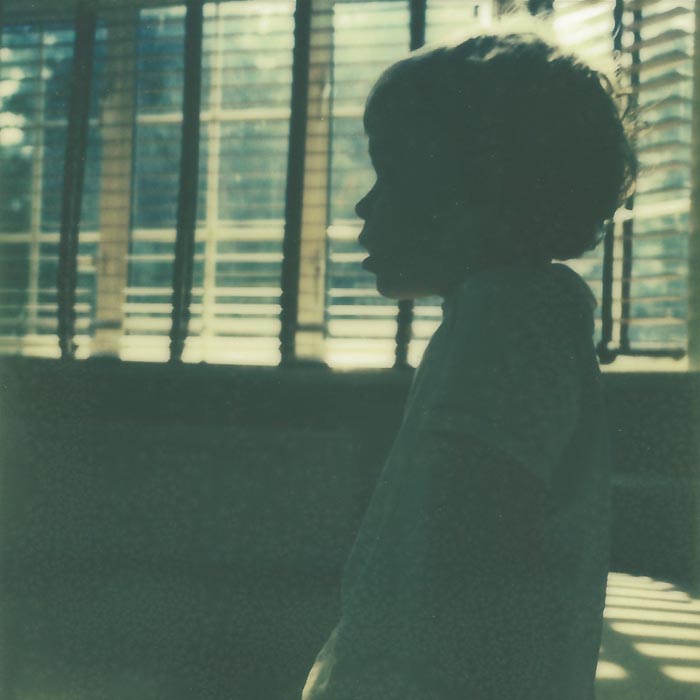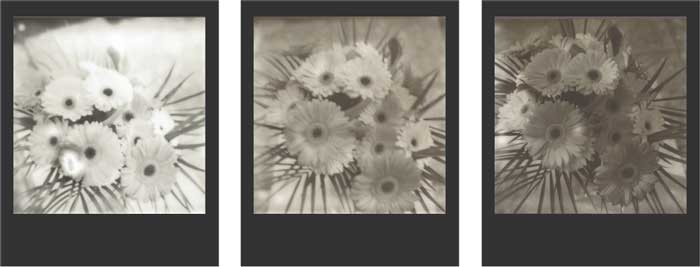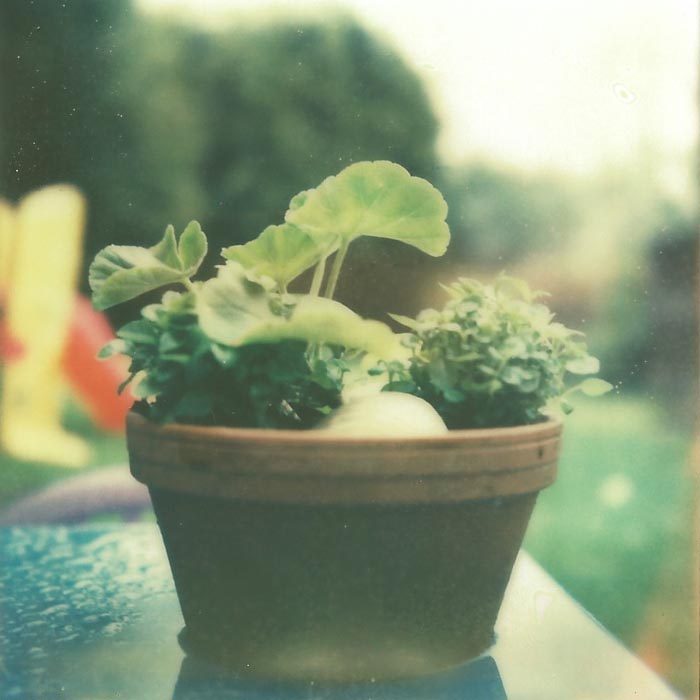I‘ve decided to take up a new photography project because I really have too much free time on my hands. Right! But I’ve been inspired by a number of artists shooting with old Polaroid cameras. I know, I know, film. I haven’t used film in ages and, as you know, I’m in love with the digital media of the iPhone in particular. I certainly don’t see myself shooting 35mm film ever again as, for me and my style, there’s really nothing I can’t do with my 35mm DSLR that would want to make me go back to film and the process of waiting to get film developed, etc.
But Polaroid, this is different. Shooting with instant film is unique, something no digital camera can replicate. And for me, Polaroid reminds me of my first experiences with a camera as a kid when I had a Polaroid One Step, rainbow and all. Polaroid for me is about reminiscing and the nostalgia of childhood. I remember fondly the great noise of the photo getting spit out of the camera and then waiting in anticipation as it developed before my eyes. I think instant photos are the perfect thing for kids because they instantly get a print, and the pictures they take don’t just sit on a memory card and get forgotten.
Honestly, I didn’t even know Polaroid still existed, assuming it was long a victim of the digital age. But boy was I wrong. There is a huge community of artists out there using vintage Polaroid cameras to create some amazing images. People like Susannah Conway, Amanda Gilligan, and Jenifer Altman who have also recently collaborated on a book, Instant Love, about the magic of Polaroid. And even though Polaroid no longer makes the film, you can still get film for the cameras because of the genius that is The Impossible Project.
So I found myself an SX-70. It smells old, as something 30+ years old should smell. But it still works. And I love how it folds up pretty compactly and fits in my handbag.
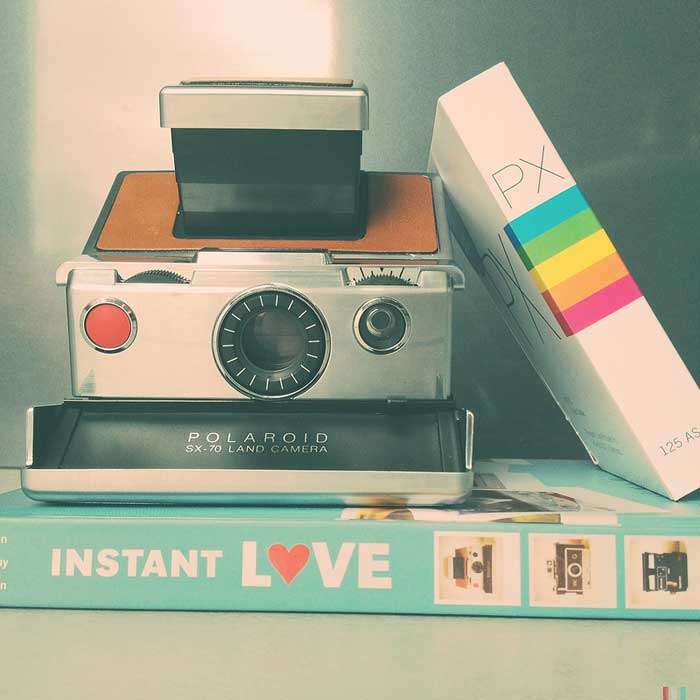
So far, I have yet to figure this thing out and I’m really struggling with focus and exposure. My initial tendency was to get too close. I also know I’m not holding the camera as steady as I should or need to. I can’t seem to get my eye in the right place. And then I’m not always ready when the film comes out. As recommended by The Impossible Project, I’m using the dark slide to shield the film when it comes out but it’s definitely taken me several attempts to get this right. And it’s so hard to resist the urge to turn the photo over and look at it.
This camera needs a lot of light and, according to Instant Love, works best with light cloud cover on a sunny day, in full sun, or with lots of natural indoor light. We haven’t had a single day like that since I’ve had this thing. Everyday has been dark and gloomy and overcast, oppressively overcast.
I think shooting Polaroid is a good experience for any photographer though. It forces you to pay close attention to the lighting situation as there is no Photoshop to fix all your bad exposures. It’s very trial and error and I’m even sure that every camera is different given their various states of repair and age. It may be some time before my SX-70 and I are working as a team. And an active toddler, forget it. This is not a camera for quick shooting situations. It’s slow and deliberate. This camera seems to want to be arty, not interested in taking crisp clear snapshots.
So I’ve gone through two packs of the PX 70 Color Shade film from The Impossible Project. Of the 16 exposures, there were 4 that I was happy with and there were a couple that were marginal. And then the rest were just absolute crap.
But this is going to be fun, and worth it. Because the 4 photos I was happy with, well they do have this dreamy magical quality that you cannot get from digital. Yep, they’re not in tack sharp focus but they do have an ethereal quality to them, a mood.
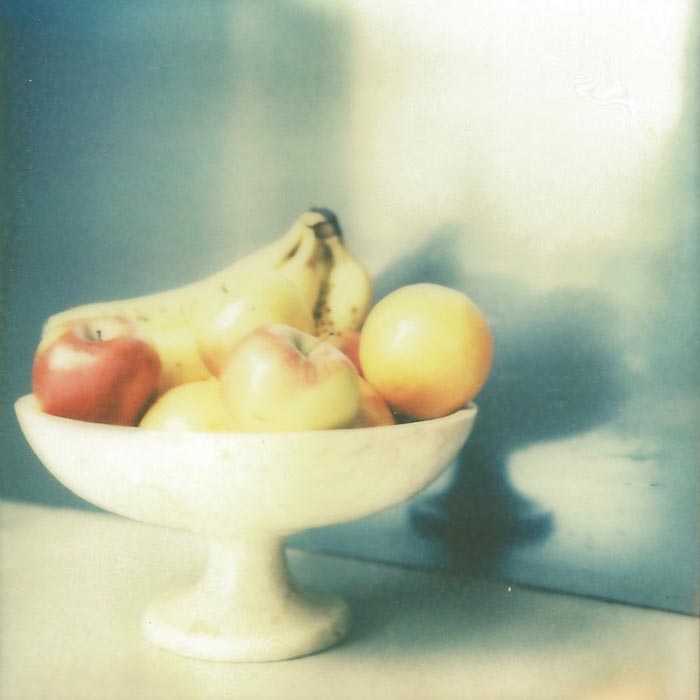
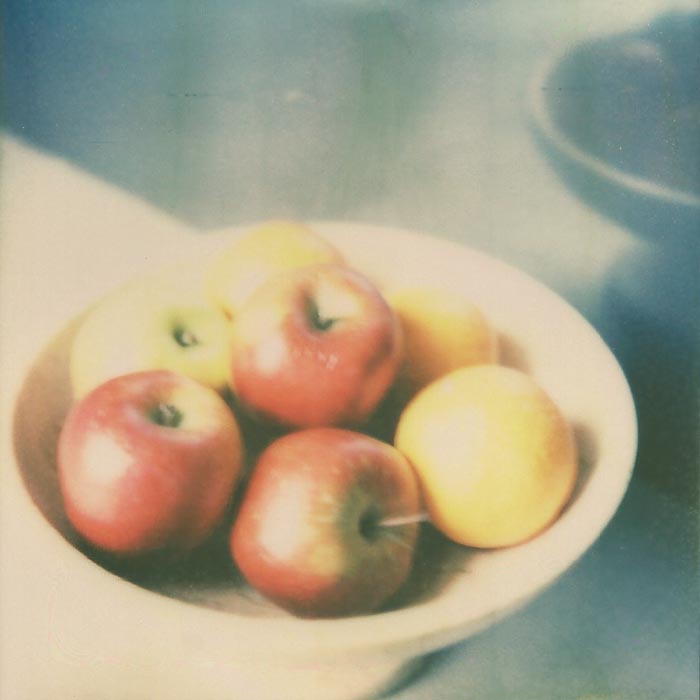
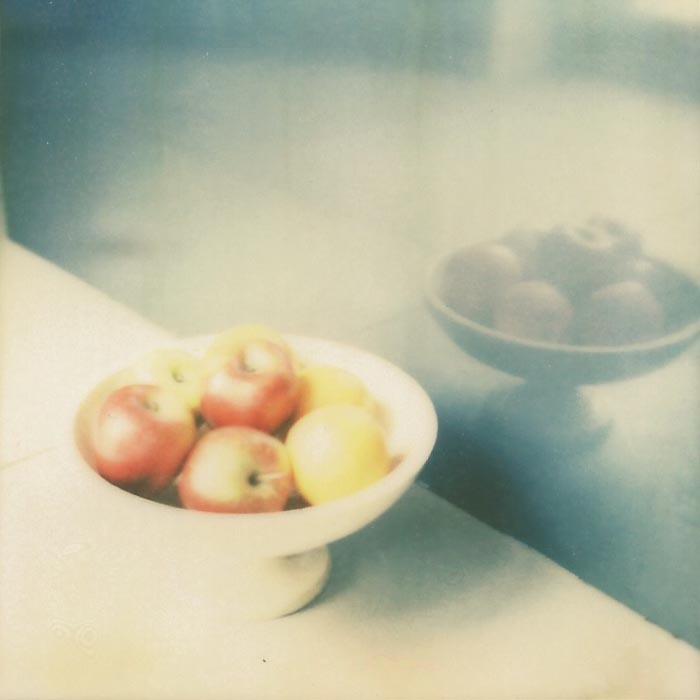
You can see my challenges trying to shoot in the gloom of the back garden. A white pear tree bloom against a much darker background, completely blown out.
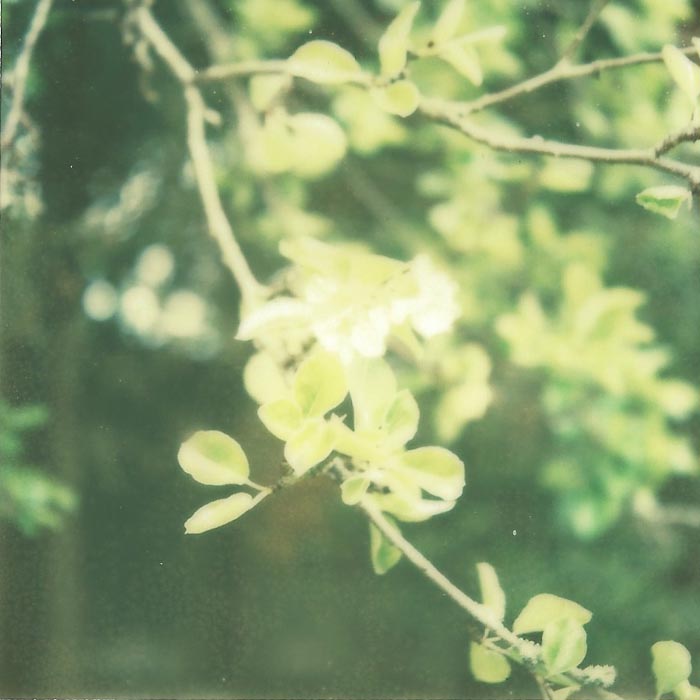
But I do think all the blown highlights created a spooky face in the middle of the tree which is kind of groovy.

I’ve got more film to try, different types of color film and black and white film, and I’m looking forward to seeing the results and getting to know my Polaroid camera a lot better. More to come…
And if you’re a Polaroid shooter and have any great tips you’d like to share, please do!

